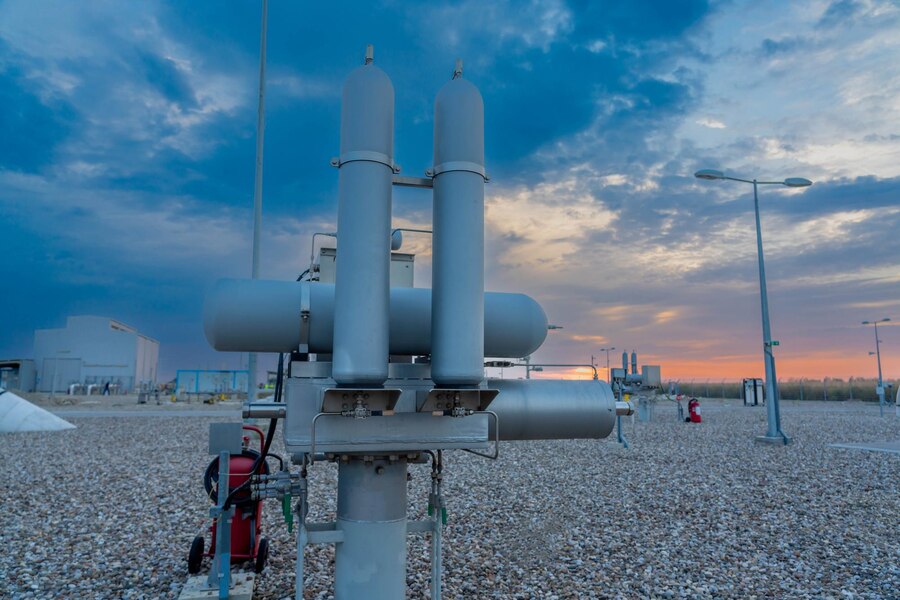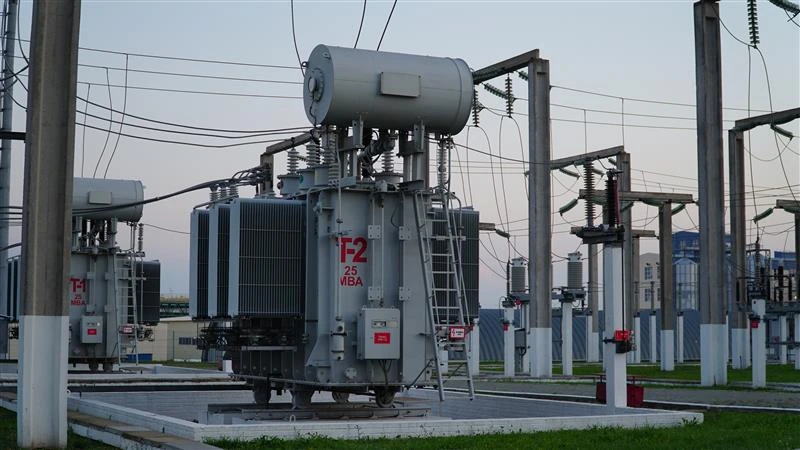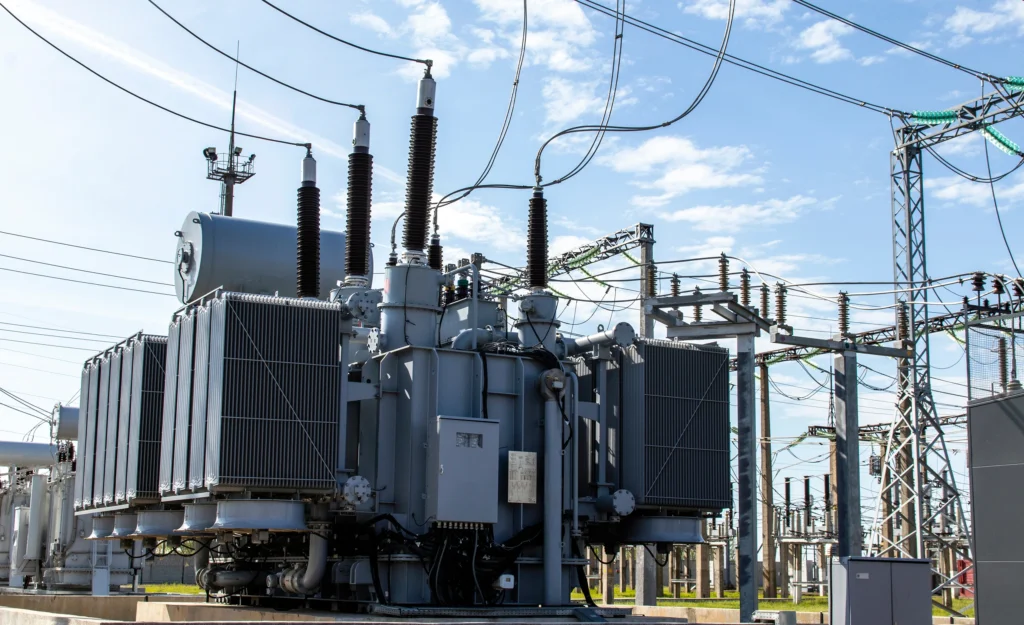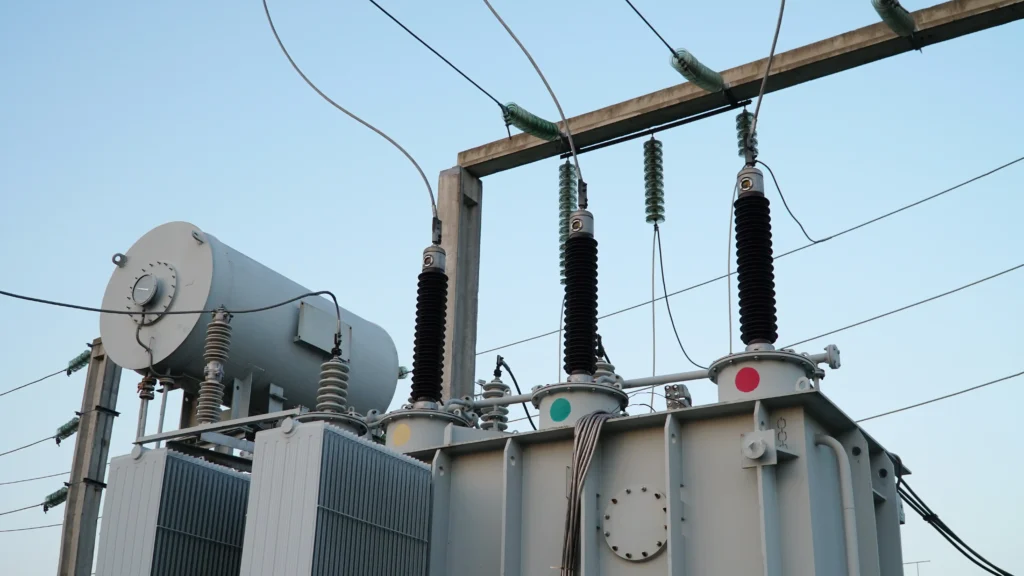Introduction: In the rapidly evolving landscape of electrical infrastructure, gas generators have emerged as pivotal assets. Their role, however, extends beyond mere power generation. With the advent of sophisticated electrical asset monitoring software, companies can now meticulously monitor the health and performance of these generators. This article offers a comprehensive overview of gas generators in the modern electrical framework, emphasizing the synergy between these assets and advanced monitoring solutions.
Advantages of Using Gas Generators in Electrical Infrastructure
In the realm of electrical infrastructure, the choice of power generation equipment plays a pivotal role in determining efficiency, reliability, and environmental impact. Gas generators have emerged as a preferred choice for many industries, and their integration with electrical asset monitoring software has further accentuated their significance. Let’s delve into the multifaceted advantages of using gas generators in modern electrical infrastructure.
1. Environmental Benefits
The environmental footprint of power generation equipment is a growing concern, especially in the wake of global climate change discussions. Gas generators stand out in this aspect.
Reduced Emissions: Compared to traditional power sources, such as coal or diesel generators, gas generators produce significantly fewer emissions. This reduction in carbon footprint makes them a more environmentally friendly choice, aligning with global efforts to combat climate change.
Sustainable Energy: Natural gas, as a fuel source, is cleaner and results in minimal by-products, further emphasizing its eco-friendly nature.
2. Efficiency and Reliability
The efficiency of power generation is paramount, especially in critical infrastructures where consistent power supply is non-negotiable.
Consistent Power Output: Gas generators are known for their consistent power output, ensuring that the energy supply remains stable, even during peak demand periods.
Fewer Downtimes: The design and operational mechanics of gas generators result in fewer downtimes, ensuring a reliable power supply. This reliability is especially crucial in critical infrastructures like hospitals, data centers, and manufacturing units.
3. Cost-Effectiveness
While the initial investment in gas generators might seem substantial, their long-term benefits in terms of cost savings are undeniable.
Abundance of Natural Gas: Given the widespread availability and extraction of natural gas, it remains a relatively stable and cost-effective fuel source.
Operational Savings: The efficiency and reduced maintenance needs of gas generators often translate to operational savings, making them a more economical solution in the long run.
4. Integration with Monitoring Software
The advent of electrical asset monitoring software has revolutionized the way industries monitor and manage their power generation equipment.
Real-time Performance Tracking: Modern gas generators come equipped with sensors and communication modules that can seamlessly integrate with monitoring software. This allows for real-time tracking of performance metrics, ensuring optimal operation.
Predictive Maintenance: With the data collected, the monitoring software can predict potential issues, allowing for timely interventions and reducing unplanned downtimes.
Integration of Gas Generators with Modern Electrical Systems
The modern electrical landscape is characterized by its dynamism, integration capabilities, and the pressing need for sustainable solutions. Gas generators, with their inherent advantages, have found a significant place in this evolving matrix. Their seamless integration with contemporary electrical systems underscores their importance. Let’s explore how gas generators fit into and enhance modern electrical systems.
1. Complementing Renewable Energy
The global shift towards renewable energy sources, such as solar and wind, has been commendable. However, these sources have their limitations, primarily their dependency on natural factors.
Tandem Operation: Gas generators can operate in conjunction with renewable energy installations. During off-peak sun or wind hours, when renewable sources might not produce sufficient power, gas generators can bridge the gap, ensuring a consistent power supply.
Flexibility: The operational flexibility of gas generators allows them to quickly adjust their output based on the power generated from renewable sources, ensuring optimal energy utilization.
2. Grid Stabilization
The stability of electrical grids is paramount, especially in regions with high power demands.
Demand Response: Gas generators can quickly ramp up or down their output. This rapid response capability is ideal for stabilizing electrical grids, especially during demand spikes or sudden drops.
Backup Power: In scenarios where the primary power source fails, gas generators can act as reliable backup options, preventing blackouts and ensuring grid stability.
3. Smart Grids and Advanced Monitoring
The concept of smart grids has revolutionized power distribution and consumption patterns.
Integration with Smart Grids: Modern gas generators, equipped with advanced communication modules, can be integrated into smart grids. This allows for real-time data exchange, optimizing power distribution based on demand and supply metrics.
Electrical Asset Monitoring Software: When paired with electrical asset monitoring software, gas generators offer insights into their operational metrics, health status, and maintenance needs. This data-driven approach ensures timely interventions, predictive maintenance, and optimal performance.
4. Safety Protocols
Safety remains a top priority in modern electrical systems, given the high stakes involved.
Advanced Monitoring: Gas generators, with their integration capabilities with monitoring software, offer real-time insights into any anomalies or potential safety hazards. This ensures timely interventions, minimizing risks.
Adherence to Standards: Modern gas generators are designed to adhere to stringent safety standards. Their operational protocols, coupled with monitoring capabilities, ensure that these standards are consistently met, safeguarding assets and personnel.
Challenges and Considerations in Implementing Gas Generators
While gas generators offer a plethora of advantages in modern electrical infrastructure, their implementation is not devoid of challenges. From infrastructure prerequisites to data management intricacies, companies need to navigate through a series of considerations to ensure the seamless operation of these generators. This section delves into the primary challenges and considerations that professionals must address when implementing gas generators.
1. Infrastructure Requirements
The physical setup of gas generators is a multifaceted process, demanding specific infrastructure components.
Gas Pipelines: One of the primary requirements for gas generators is a reliable gas supply. This necessitates the establishment of gas pipelines, which can be a significant undertaking, especially in areas lacking existing infrastructure.
Safety Systems: Given the flammable nature of gas, safety systems, including leak detectors and emergency shutdown mechanisms, are imperative. These systems ensure the safe operation of the generator and mitigate potential hazards.
2. Maintenance Needs
The longevity and efficiency of gas generators hinge on regular maintenance.
Trained Personnel: Gas generators, with their intricate operational mechanics, require trained personnel for maintenance. This ensures that the generator functions optimally and any potential issues are addressed promptly.
Periodic Checks: Regular inspections and checks are crucial. From checking the integrity of gas pipelines to ensuring the generator’s mechanical components are in prime condition, periodic assessments are vital.
3. Data Management
The integration of electrical asset monitoring software with gas generators results in the generation of vast amounts of data.
Data Overload: With real-time monitoring, the data generated can be overwhelming. Managing this data, ensuring its accuracy, and deriving actionable insights can be challenging.
Integration with Existing Systems: The data from the monitoring software needs to be integrated with existing enterprise systems. This integration should be seamless to ensure that data-driven decisions are timely and effective.
4. Cost Analysis
The financial implications of setting up and operating a gas generator are multifaceted.
Initial Setup Costs: While gas generators are cost-effective in the long run, the initial investment, including infrastructure setup and generator procurement, can be substantial.
Operational Costs: Beyond the initial setup, operational costs, including maintenance, personnel training, and safety system checks, need to be factored into the financial planning.
Future Trends and Innovations
The realm of gas generators, like many sectors in the electrical industry, is not static. As technological advancements continue to reshape the landscape, gas generators are poised to undergo significant transformations. These changes will not only enhance their operational efficiency but also redefine their role in modern electrical infrastructure. Let’s explore the anticipated trends and innovations in the context of gas generators.
1. Technological Advancements
The relentless pursuit of efficiency and sustainability drives the evolution of gas generators.
- Efficient Designs: Research and development efforts are geared towards creating gas generator designs that offer higher output levels while consuming less fuel. This translates to increased efficiency and reduced operational costs.
- Lower Emissions: Environmental concerns are at the forefront of technological advancements. Future gas generators are expected to produce even lower emissions, making them more environmentally friendly and compliant with stringent global standards.
2. Integration with AI and IoT
The convergence of artificial intelligence (AI) and the Internet of Things (IoT) with gas generators is set to revolutionize monitoring and maintenance.
- Predictive Analysis: AI algorithms can analyse the vast amount of data generated by monitoring software to predict potential issues, ensuring timely interventions and reducing unplanned downtimes.
- Real-time Data Collection: IoT devices, when integrated with gas generators, can facilitate real-time data collection, offering insights into operational metrics and enhancing decision-making processes.
3. Sustainable Energy Solutions
The global energy landscape is shifting towards sustainable solutions, and gas generators are expected to play a pivotal role in this transition.
- Hybrid Energy Solutions: Gas generators can be integrated into hybrid energy setups, where they operate in tandem with renewable energy sources. This ensures a consistent power supply, even when renewable sources are not generating optimal power.
- Flexibility: The operational flexibility of gas generators makes them ideal for such hybrid solutions, adjusting their output based on the power generated from renewable sources.
4. Decentralized Power Generation
The concept of decentralized power generation is gaining traction, moving away from centralized power grids.
- Localized Power Generation: Gas generators, given their scalability, can be pivotal in localized power generation setups. This ensures that power is generated closer to consumption points, reducing transmission losses and enhancing efficiency.
- Community Grids: With the push for community grids, where power is generated and consumed within localized setups, gas generators can offer a reliable and efficient power source, complementing renewable sources.
Conclusion
Gas generators, with their myriad advantages, undeniably hold a significant position in modern electrical infrastructure. Their integration with advanced electrical asset monitoring software further amplifies their value, offering real-time insights and predictive maintenance capabilities. As the electrical landscape continues to evolve, the symbiotic relationship between gas generators and monitoring software will only strengthen, paving the way for a more efficient, sustainable, and reliable power generation ecosystem.




